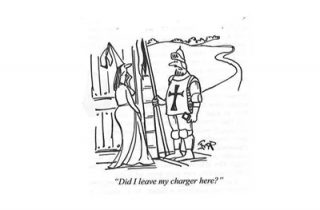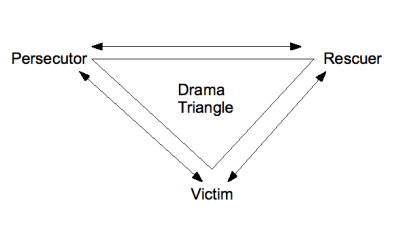Once upon a time there was a young girl called Cinderella, who was beautiful, kind and clearly had lots of potential. Sadly for Cinderella she also had the misfortune to live with a wicked stepmother who made her do lots of dreary chores around the house. The story has a happy ending, however, because with the help of her fairy godmother, Cinderella was able to transform the way she looked and in the end she was rescued by a handsome Prince. Apparently she lived happily ever after (thanks in part to a glass slipper – as opposed to a glass ceiling!)
The earliest ever recorded reference to the fairy story, Cinderella, was in Ancient Greece. This was probably as early as 1BC, and there have been various incarnations of the story throughout the centuries. The plot is essentially the same as that of many fairy stories, which hangs on the dynamic between a victim, a persecutor and a rescuer. Cinderella is the victim, persecuted by her wicked stepmother and rescued by Prince Charming.
The story is a triangle of relationships that resonates with all of us, and it is buried deep in the human psyche. Indeed the same drama triangle is played out in all the TV soap operas we watch today, with the characters constantly moving through the three different roles as the writers develop the story lines. And if you think about it, you can probably recognise the drama triangle being acted out in its various guises both in your professional and personal life.
The three positions of victim, persecutor and rescuer can be mapped onto an inverted triangle, with the victim on the bottom apex. Although only one role is called victim, all three positions originate from victimhood and as long as we stay in this dynamic, we will always end up back where we started. We also believe that both persecutors and rescuers keep victims in their place – as victims.
At Leaders Lab we sometimes use the drama triangle to unravel what is happening within complex and often unpleasant situations in the work place. Most people recognise that they do not want to be either a victim or a persecutor, but it’s often hard to explain to people why they should also be very careful about being a rescuer.
Rescuing feels like you’re being the ‘good guy’ in a tricky situation. So maybe you cover for your colleague who is failing – and of course they will continue to fail. Maybe you repeatedly set the same goals for one of your direct reports, knowing full well they will never step up, but letting them off the hook and not dealing with the underlying causes. Being a rescuer can be misinterpreted as being compassionate, but the two are not the same. It is not compassionate to constantly rescue someone, because all you are doing is keeping him or her a victim and that is a truly horrible place to be.
Leadership is, of course, about being compassionate but it is also about asking others to be accountable, in exactly the same way that you hold yourself accountable, and outside the dysfunctional interactions of the drama triangle.
[callout title=”Victim, persecutor or rescuer?” button=”Discover more” link=”/management-skills-training/” buttoncolor=”white, yellow, orange, red, blue, green, gray, black, alternative-1, alternative-2, alternative-3″ target=”_blank or _self”]Move away from the drama triangle with the Leaders Lab approach[/callout]

